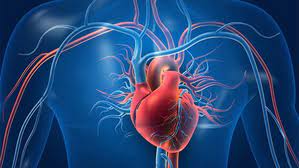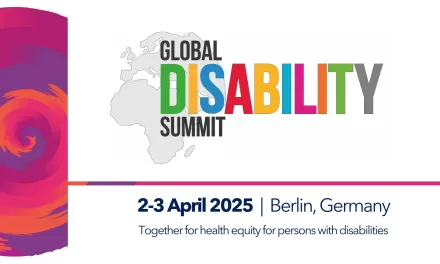According to the American Heart Association’s 2025 Heart Disease and Stroke Statistics report, heart disease continues to be the leading cause of death worldwide, with alarming statistics underscoring the severity of the ongoing health crisis. Published in Circulation, the report highlights a troubling trend in cardiovascular disease (CVD) deaths, which remain a major public health challenge.
In the United States, someone dies from cardiovascular disease every 34 seconds, amounting to nearly 2,500 deaths daily. “These numbers are deeply concerning,” said Keith Churchwell, M.D., FAHA, president of the American Heart Association. “It’s likely that many of those who are lost will be our loved ones. Heart disease and stroke together take more lives than all forms of cancer and accidental deaths combined, yet they often go underreported in terms of prevention and treatment.”
While the overall number of CVD-related deaths showed a slight decrease following a surge during the COVID-19 pandemic, the statistics remain stark. In 2022, 941,652 people died from cardiovascular diseases, a slight increase from the previous year. Despite this, the age-adjusted death rate for CVD showed a modest decline, from 233.3 per 100,000 in 2021 to 224.3 per 100,000 in 2022. The rise in kidney disease, however, continues to exacerbate the situation. Chronic kidney disease, which is heavily influenced by cardiovascular issues, has been increasing among Medicare beneficiaries.
The prevalence of major cardiovascular risk factors is on the rise, with nearly 47% of U.S. adults suffering from high blood pressure, 72% having unhealthy weight (with 42% classified as obese), and over half of U.S. adults (57%) being affected by type 2 diabetes or prediabetes. The American Heart Association has recognized the interconnected nature of cardiovascular disease, kidney disease, and metabolic disorders like diabetes and obesity, coining this phenomenon as cardiovascular-kidney-metabolic (CKM) syndrome.
While the rising incidence of these conditions presents a daunting public health challenge, advances in research and medical treatment have shown promise in managing cardiovascular disease. However, experts emphasize that treatment alone is not enough. Preventive measures, equitable healthcare access, and addressing disparities in healthcare are critical to reversing the trends.
“Breakthrough therapies are important, but we must focus on prevention, early intervention, and ensuring that therapies are accessible to all populations,” said Dr. Dhruv Kazi, a volunteer for the American Heart Association. The report reveals significant disparities across racial and ethnic groups, particularly in obesity, diabetes, and hypertension rates. For example, Black women have the highest obesity rate at 57.9%, while Hispanic men face the highest rates of diabetes at 14.5%.
In positive news, smoking rates continue to decline, contributing to a reduction in heart disease deaths. According to the report, cigarette use among U.S. adults has dropped significantly, with only 11.5% of adults currently smoking, compared to 51% in 1965. Efforts to reduce smoking, combined with improved awareness of cholesterol management and new treatments for obesity, offer hope for future prevention.
Dr. Churchwell stressed the importance of prevention, saying, “Heart disease was once a death sentence, but thanks to advances in diagnosis and treatment, many people can now live longer, healthier lives even after a cardiovascular event. Prevention and early intervention will be key to saving more lives.”
The American Heart Association calls on healthcare providers, policymakers, and communities to work together to tackle the rising risk factors and reduce the global burden of heart disease.
Disclaimer: The information provided in this article is based on the latest available data from the American Heart Association’s 2025 Heart Disease and Stroke Statistics report. It is important to consult healthcare professionals for personalized advice and treatment regarding cardiovascular health.












